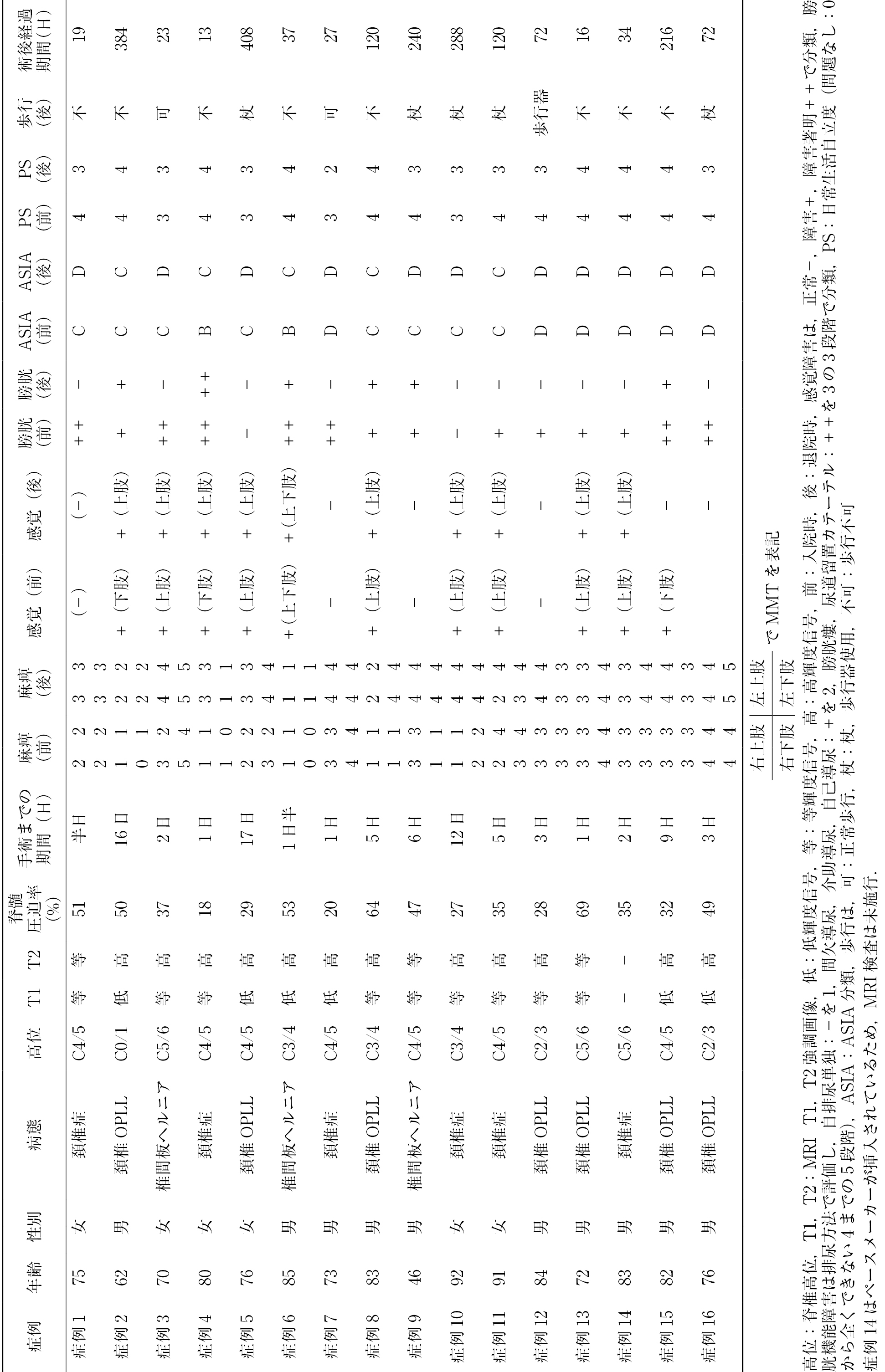Volume 12, Issue 7
Displaying 1-19 of 19 articles from this issue
- |<
- <
- 1
- >
- >|
Editorial
-
2021Volume 12Issue 7 Pages 903-904
Published: July 20, 2021
Released on J-STAGE: July 20, 2021
Download PDF (365K)
Original Article
-
2021Volume 12Issue 7 Pages 905-909
Published: July 20, 2021
Released on J-STAGE: July 20, 2021
Download PDF (1000K) -
2021Volume 12Issue 7 Pages 910-916
Published: July 20, 2021
Released on J-STAGE: July 20, 2021
Download PDF (1417K) -
2021Volume 12Issue 7 Pages 917-925
Published: July 20, 2021
Released on J-STAGE: July 20, 2021
Download PDF (1568K) -
2021Volume 12Issue 7 Pages 926-932
Published: July 20, 2021
Released on J-STAGE: July 20, 2021
Download PDF (1374K) -
2021Volume 12Issue 7 Pages 933-937
Published: July 20, 2021
Released on J-STAGE: July 20, 2021
Download PDF (806K) -
2021Volume 12Issue 7 Pages 938-946
Published: July 20, 2021
Released on J-STAGE: July 20, 2021
Download PDF (2953K) -
2021Volume 12Issue 7 Pages 947-951
Published: July 20, 2021
Released on J-STAGE: July 20, 2021
Download PDF (787K) -
2021Volume 12Issue 7 Pages 952-957
Published: July 20, 2021
Released on J-STAGE: July 20, 2021
Download PDF (1489K) -
2021Volume 12Issue 7 Pages 958-965
Published: July 20, 2021
Released on J-STAGE: July 20, 2021
Download PDF (1801K) -
2021Volume 12Issue 7 Pages 966-972
Published: July 20, 2021
Released on J-STAGE: July 20, 2021
Download PDF (1831K) -
2021Volume 12Issue 7 Pages 973-978
Published: July 20, 2021
Released on J-STAGE: July 20, 2021
Download PDF (1005K) -
2021Volume 12Issue 7 Pages 979-983
Published: July 20, 2021
Released on J-STAGE: July 20, 2021
Download PDF (1054K)
Case Report
-
2021Volume 12Issue 7 Pages 984-988
Published: July 20, 2021
Released on J-STAGE: July 20, 2021
Download PDF (1064K) -
2021Volume 12Issue 7 Pages 989-995
Published: July 20, 2021
Released on J-STAGE: July 20, 2021
Download PDF (3114K) -
2021Volume 12Issue 7 Pages 996-1001
Published: July 20, 2021
Released on J-STAGE: July 20, 2021
Download PDF (1257K) -
2021Volume 12Issue 7 Pages 1002-1006
Published: July 20, 2021
Released on J-STAGE: July 20, 2021
Download PDF (1031K) -
2021Volume 12Issue 7 Pages 1007-1011
Published: July 20, 2021
Released on J-STAGE: July 20, 2021
Download PDF (983K) -
2021Volume 12Issue 7 Pages 1012-1017
Published: July 20, 2021
Released on J-STAGE: July 20, 2021
Download PDF (1517K)
- |<
- <
- 1
- >
- >|


















